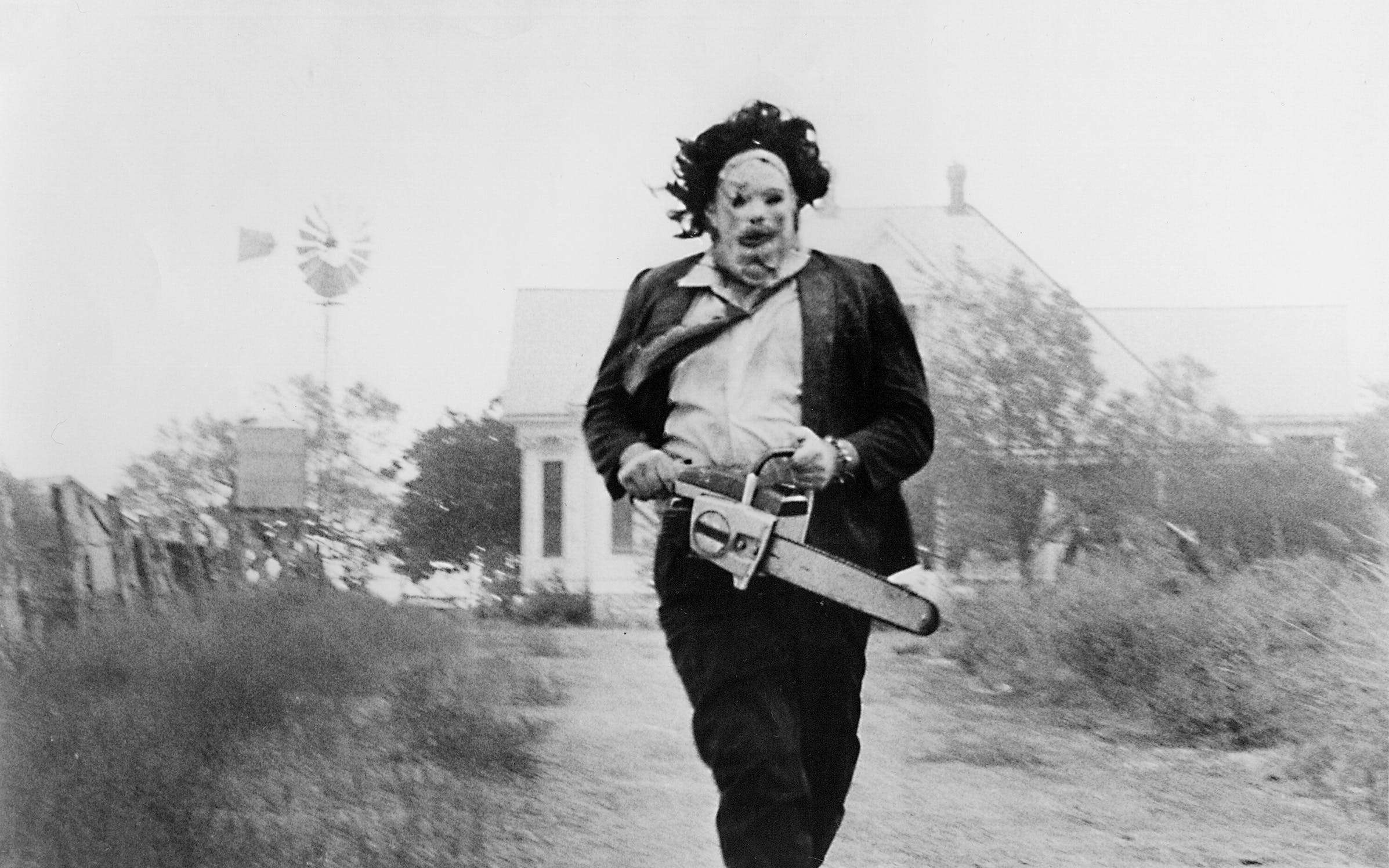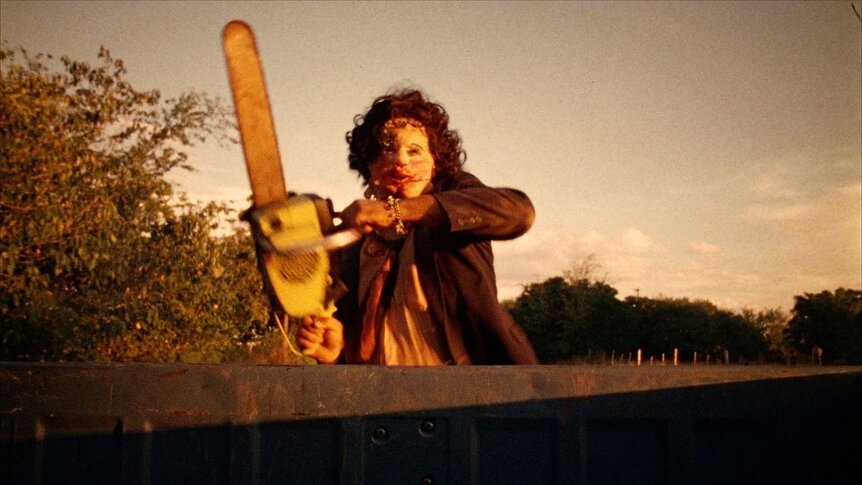Create a free profile to get unlimited access to exclusive videos, sweepstakes, and more!
This Week in Genre History: The Texas Chain Saw Massacre revved up slasher horror

Welcome to This Week in Genre History, where Tim Grierson and Will Leitch, the hosts of the Grierson & Leitch podcast, take turns looking back at the world’s greatest, craziest, most infamous genre movies on the week that they were first released.
Here’s the dirty (so to speak) secret about The Texas Chain Saw Massacre: It is not actually that gory. Sure, there’s some blood. It has chainsaws, after all. But it’s honestly not all that stomach-churning, not compared to movies today and not particularly compared to underground movies from the '70s. In fact, director Tobe Hooper, hilariously, originally tried to get the movie a PG rating. The ratings board reacted to it by giving it an R; many countries reacted by banning it from all their theaters. That probably means you did something right.
That’s the thing about The Texas Chain Saw Massacre, which came out on Oct. 11, 1974: In many ways, it represents, both then and today, something larger than simply the movie on celluloid itself. At its best, its horrors are elemental; it seems to be scaring you from the inside out. That it can still do that today, 46 years later, shines some light on how people reacted to it back then. In many ways, it melted their brains.
Why was it a big deal at the time? Hooper was inspired by the story of serial killer Ed Gein, but none of the details in the film track Gein’s life, or his family’s life, in any actual way. This did not stop Hooper from slapping a “Based On A True Story” at the beginning, and in many ways, that made all the difference. The film doesn’t really look like a film. It looks like a documentary. It looks like it’s actually happening. That realism, that rawness, made it seem like a true story. It made it seem like it could happen. It made it seem like it was happening.
This “lack of sentimentality and the brutality of things,” as Hooper put it, helped place the movie in its era of despair, and it clicked, though not at first. It became such a cult item that theaters would book the film every Halloween, and it got bigger and bigger. It seemed to get more in your bones with each showing. It felt like a scandal. And no one can resist a scandal.
What was the impact? First off: Nobody quite looked at a chainsaw the same way again. (There was a time, honestly, in which the first thing people thought of cutting when they saw a chainsaw was a tree. Not after this movie.) The infamous menace the film became in the United States led it to being released in other countries, but not without a huge ordeal each time. Finland wanted four minutes cut; Australia wanted at least 10. It’s difficult to even imagine what they wanted cut, considering, as mentioned, it really isn’t that bloody or messy. It was just the sound of that chainsaw, and the shine of that meat hook. The imagination ran wild.
Critics, even the ones who were revolted by it, couldn’t help but praise its artistry and effectiveness. (Rex Reed said it was the scariest movie he had ever seen.) But audiences were the real tell. So many of its techniques and innovations are now horror tropes and will be until the end of time. And we’re so familiar with it now that what was horrifying and revolutionary in 1976...
Is now a funny commercial in 2020:
Has it held up? We have seen so many Texas Chain Saw Massacre ripoffs by this point — including seven other films in this specific franchise itself — that you would think it wouldn’t have the same impact today. But honestly? It’s still terrifying.
The reason it’s terrifying is the same reason it was back then: It pulsates with an incredibly realistic and raw evil. It’s not pretty, it’s not slick, it’s not even watchable, but it never feels orchestrated or constructed. It still, all these decades later, plays like it’s unfolding in real-time right in front of you.You can’t really replicate that, no matter how many movies that came after it may have tried. There would be grosser movies than Texas Chain Saw Massacre. There would be more audacious movies. There would be horrifying bad guys, more inventive kills, more elaborate setpieces. But there would never quite be anything that landed as hard as this did. It feels less like a film than a found object. Forty-six years later, we still can’t look away.
Will Leitch is the co-host of The Grierson & Leitch Podcast, where he and Tim Grierson review films old and new. Follow them on Twitter or visit their site.



























